If you’re looking for piano recording tips, you are in the right place! Since invention and development, the modern digital piano has always provided useful features to facilitate easier learning and playability for the users. Among the many functions are the piano recording abilities.
It has diverse recording options which when properly tapped by musicians lead to amazing recording benefits.
Digital pianos are highly compatible with computers. Due to this, they are forcefully clearing the available traditional pianos.
Computers have literally taken center stage in the digital piano’s hearts. Through the use of computers, the many recording features available in digital pianos can be fully exposed to their potential.
Recording, however, requires learning and mastering of skills in order to realize good quality sound or audio from the piano.
Here, we are going to unfold some of the tools that you can use to record some functions and how to utilize them effectively. In the recording, some are built-in while others are available externally.
Piano Recording: Microphones
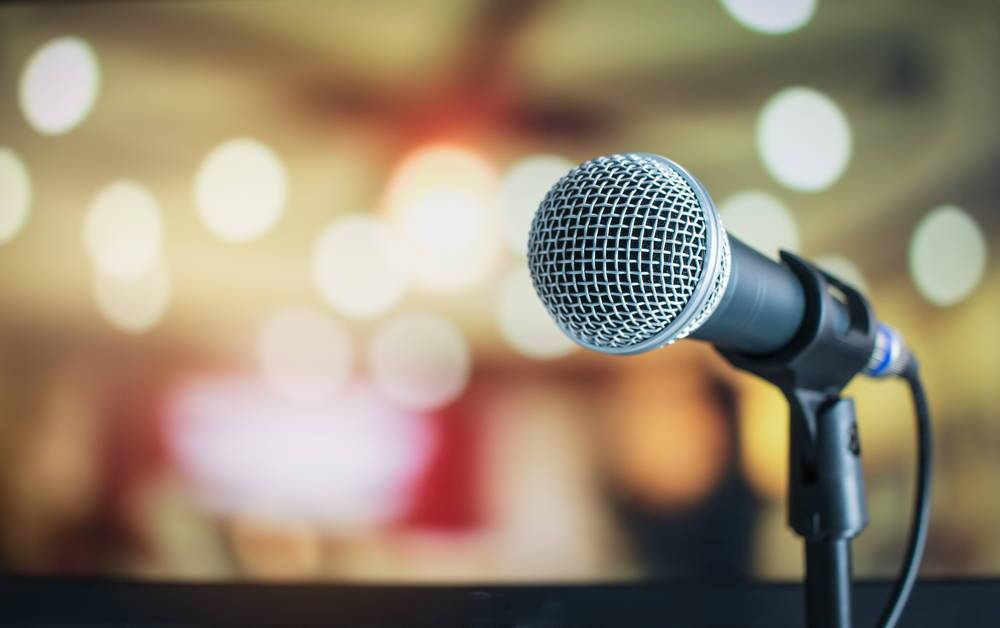
For any musicians or distinguished piano users out there, microphones are the most tested and used for music recording purposes. Microphones are very useful in music recording but to attain that, the microphone you decide to use should be of good quality.
The microphone’s ability to record music plays a big role within the digital piano. Using this instrument doesn’t require any hefty techniquess or skills. It just needs proper placement and then its recording function is good to go.
It is highly recommendable to record music with the microphone in a studio. Reason being, microphones are vulnerable to capture any incoming external sounds apart from the music which is being recorded. The studio structure is built to control the sound disruptions and enable the microphone to capture the intended recordings.
If the studio proves to be elusive to some sounds, then the microphone in use should be of really good quality. Other than that, piano players may search for an echo-free, less sound disruptive environment. Here are ways to connect the Microphone and record music with it:
- Connect the microphone to the audio interface of the digital piano.
- Connect the audio interface to a computer where the DAW software is selected.
- Here, you may now enable recording and do as many takes as you desire.
Piano Recording: Headsets
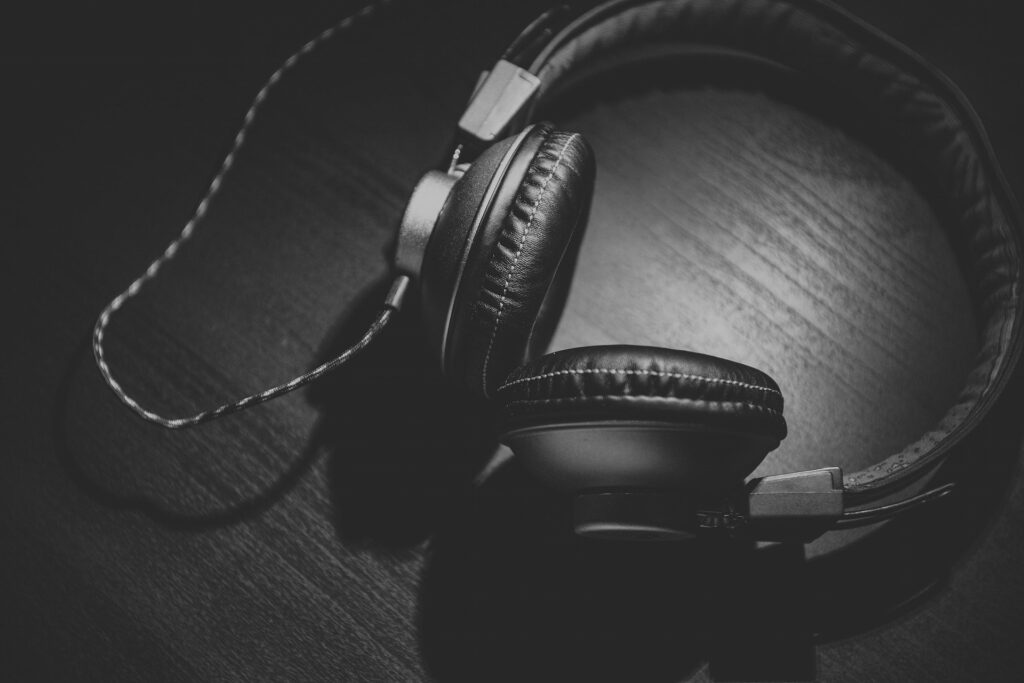
To have the right tempo, rhythm, and melody, headphones can highly be consulted to help you achieve the best recording performance.
Headphones are great assistance when talking about digital piano recoding abilities. They not only create privacy, but also an environment conducive to execute accurate error-free recordings.
Headphones play a key part in recording music using digital pianos. Using them, a player is able to assess the pitch and tonal variations as distinctively as possible within the sound.
Headphones with noise cancellation capability are the perfect recommendation for digital piano recording functions. You just need to connect them to the headphones jack available in your piano. Thereafter, you may analyze the type and style of sound you intend to record.
How to Record Digital Piano on Computer
Digital pianos have gained popularity and admiration due to their portability among other advantages. Their compact design offers piano players and performing musicians the ease in transit.
Portability is among the topmost looked into factors in any digital piano – especially, from frequent gigging musicians. In performances or studio work, musicians record their music using not only digital pianos but also a computer.
Computers are portable versatile options that can easily be connected to digital pianos. In this case, the computer in use should have a high capacity for storage. The main reason for this is because the work of music recording really takes quite a large amount of storage space.
Furthermore, with the MIDI setting available in computers, it becomes easier for the existing small files to be converted into WAV or MP3 formats. Before connecting your digital piano to a computer, ascertain first that the piano has either the MIDI USB port.
Here is how to record digital piano with USB:
- Using the USB A to B cable, plug in the USB B end to the USB port on the keyboard.
- Follow by plugging in the USB A end of the cable into your computer and power on the keyboard.
- In the computer, choose Digital Audio Workstation (DAW) software. After setting up a track, click the record command and start playing.
For MIDI ports, here is how to connect:
- Using the MIDI to USB cable, plug in the MIDI IN end to the MIDI OUT port of the keyboard.
- Connect the MIDI OUT end of the keyboard into the MIDI IN port of the keyboard.
- Plug the USB A into your computer, and then power on the keyboard.
- In the computer, choose Digital Audio Workstation (DAW) software. After setting up a track, click the record command and start playing.
ALSO READ: 7 Best Ways to Maintain Your Digital Piano
Computer Applications
When we talk of computers, what we are actually talking about is what they possess and the usability that they include. The innovation of this digital machine has seen piano users gain a raised interest in some of its potential.
The computer, aside from being greatly compatible with the digital piano, it houses applications that prove to be highly productive in recording music. Some of these programs enable the piano players to edit and record files, which you can save in folders.
Computer programs exist in wide varieties, some can clear unnecessary noise that may have found its way on the track while recording it. There are also programs that have a clear job of adding extra-musical components to further enhance or sweeten the music.
When recording music into a computer, we talk of the digital audio workstation (DAW), such as Reason, Logic or Pro Tools. Some basic knowledge is necessary to know how to use the DAW software before launching it.
Here is how to utilize their functionality:
- Activate the DAW software by opening it.
- Set the track you want to record in the DAW and enable it before you start the recording.
- Fine-tune the settings to make sure the signals being registered on the track have the intended nature.
- You may now press record and start making music.
Piano Recording with Flash Drives
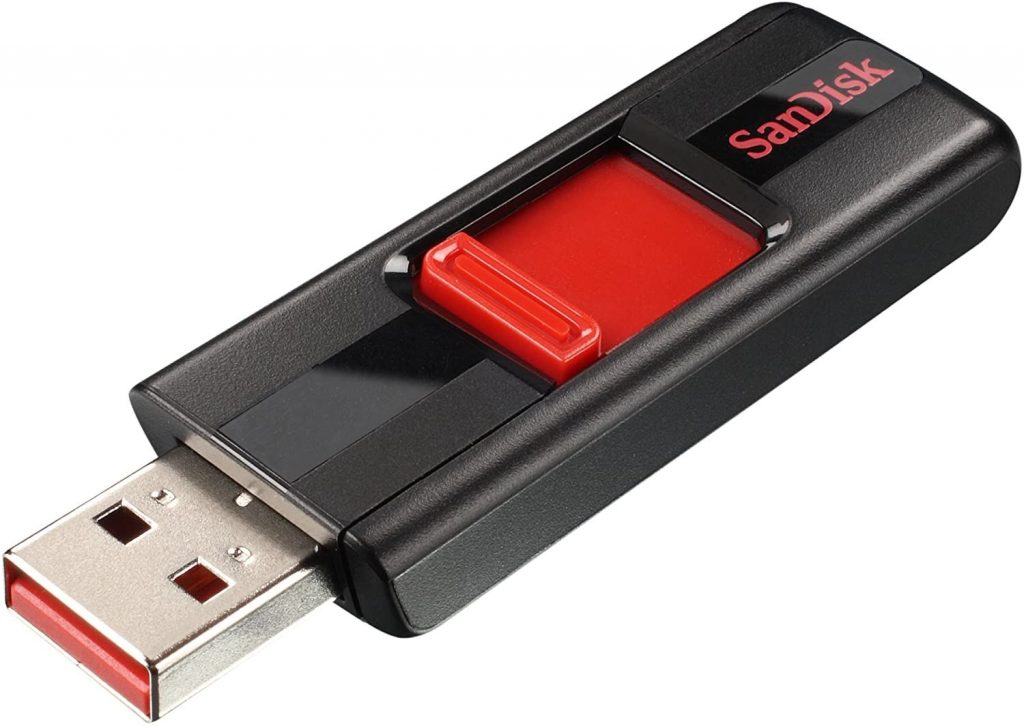
These go by a lot of names including flash drives, thumb drives or even memory sticks. But the name that can accurately befit them is simply Portable Memory.
Due to their compact design and size, a lot of musicians find it quite convenient to carry them around. The portable drives can easily be accessed and used in downloading or uploading already recorded music.
Drives come in different storage capacities. The most important factor for a piano player is to first check whether a driver is compatible with the piano’s port before purchasing it.
It is also highly recommended, for you to recheck and confirm that the drives do not contain viruses, as they may inflict harm on the piano.
Smartphones and Tablets
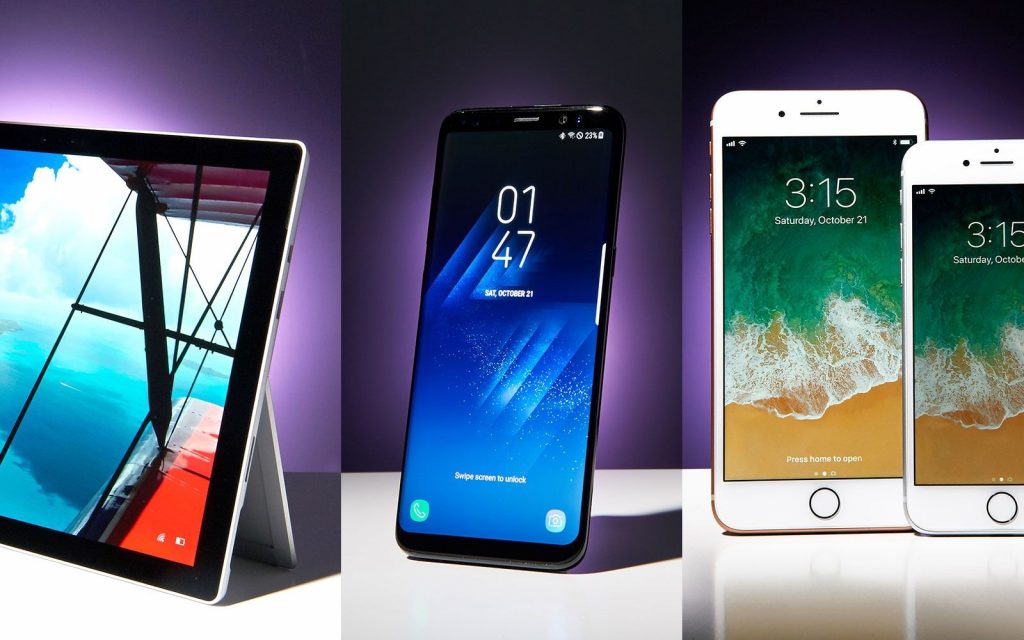
These are handheld digital devices which can also be termed as “computers”. Tablets and smartphones are also compatible with digital pianos. Piano players may connect their musical instruments with either their phones or tablets to record music.
They are able to facilitate downloading and uploading of recorded music. They are also flexible as you can easily carry the, around and they offer quick fixes. Unlike other recording methods though, these devices don’t produce such good quality sound.
Piano players may, therefore, suffer some disappointments because the sound offered by smartphones or tablets is not really inviting at all.
How to Record a Digital Piano with Audacity
Most people find it hard to record their digital pianos with audacity. Here, we are going to give you the simple steps needed to record a digital piano with audacity.
- Using your computer, click on the “Start” button.
- Head over to the Control Panel and click on it.
- In the control panel, click on the Hardware and Sound.
- Make sure you hit the recording tab in the dialog box which comes up.
- Ensure that the microphone port is the default recording then hit the “Properties button”.
- Click on the Levels tab and ensure that the microphone boost is down at zero.
- You have the option of adjusting the other volume by playing around to see what sounds right to you.
- Click on the drop-down list in audacity then choose the correct settings.
- Adjust the volume according to your preferences.
- Hit record.
- “Auto Audacity” will create a track then you can start playing and it will recall the sound.
- Make sure that you edit the track before you export.
How to Record a Digital Piano on GarageBand
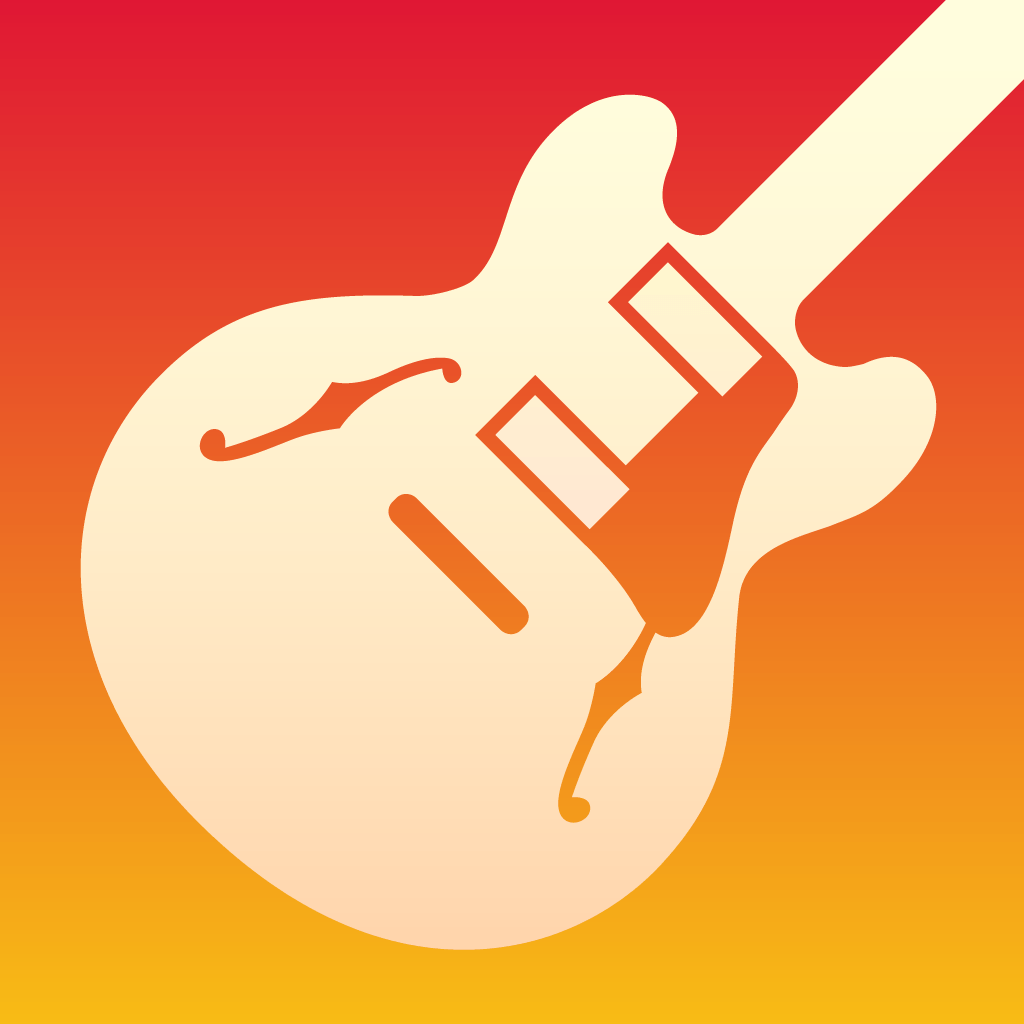
Recording your digital piano on GarageBand is quite easy. What you need to ensure is that you follow the steps we’ll outline below for the process to be efficient. Check out these steps below:
- First, you need to download the GarageBand app on your iOS device.
- Open it and click on the “Create Document” button.
- Click on the “Voice” button and select the Audio Recorder to activate the microphone.
- Click the “Record Piano” and the GarageBand will begin to record.
The Bottom line
Recording music using digital pianos is one element that sets the standards for this musical instrument. Recording of music is a process that needs real concentration, and for it to turn out the right way, it requires the right tactical approach.
When you play, you normally want to sit and listen to your work later on, because it helps you gauge your skill and how far you’ve come in terms of progress.
Therefore, recording your musical works plays a major role in your growth and development. With proper skill and the right executions, recording with digital pianos can be really effective. Make sure to try out any of the above-mentioned tips during your playing sessions.



